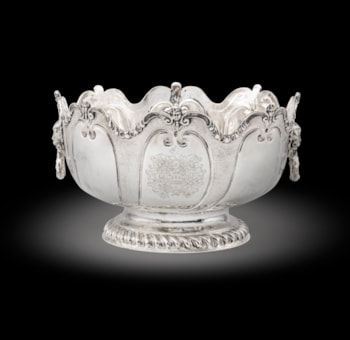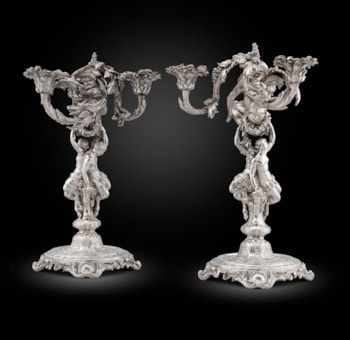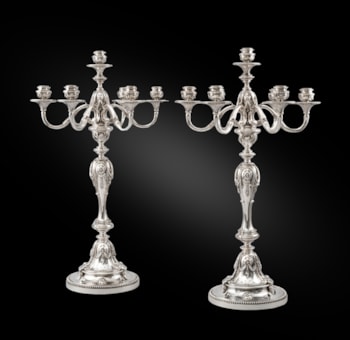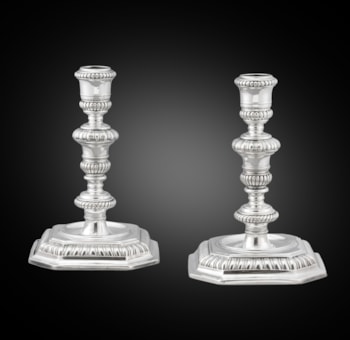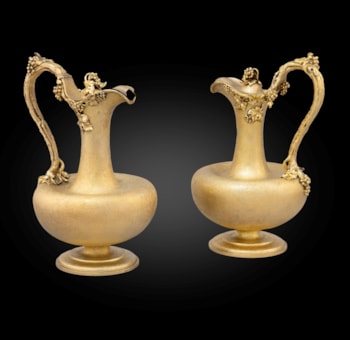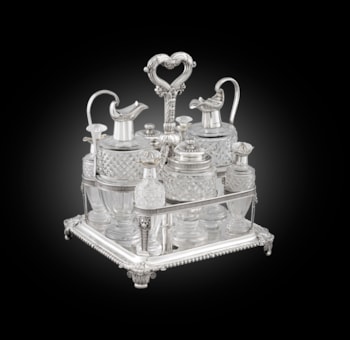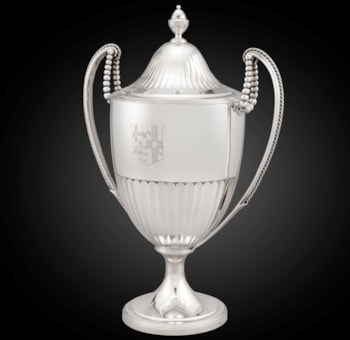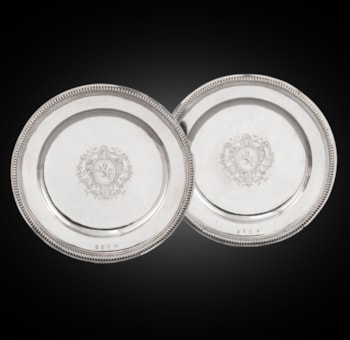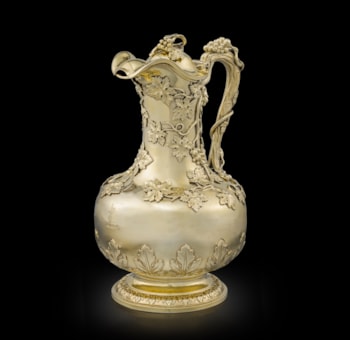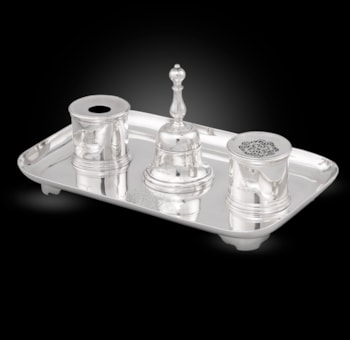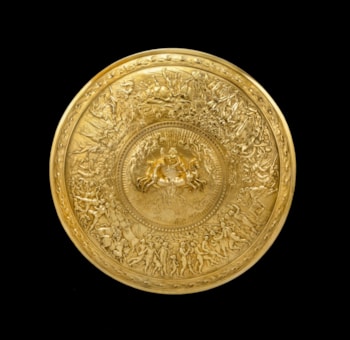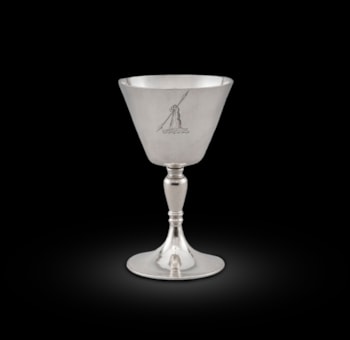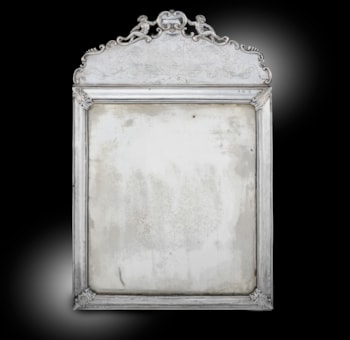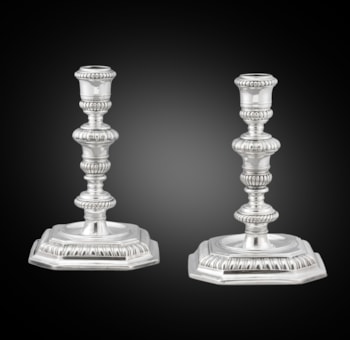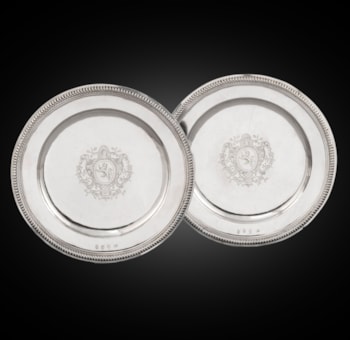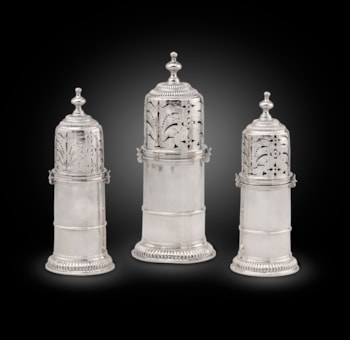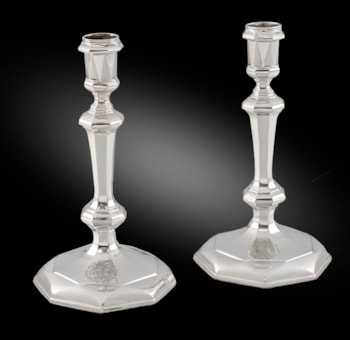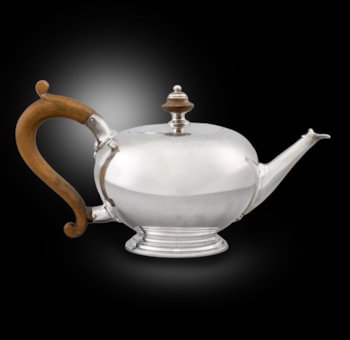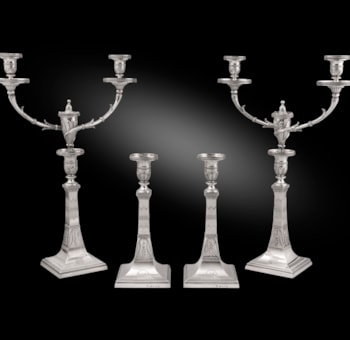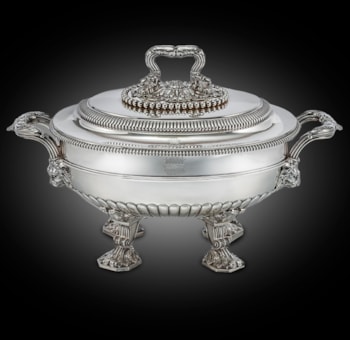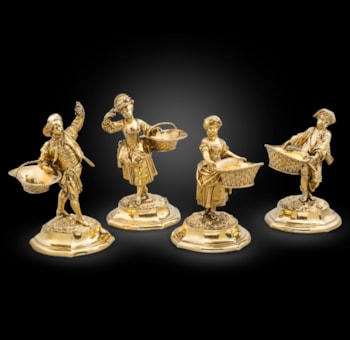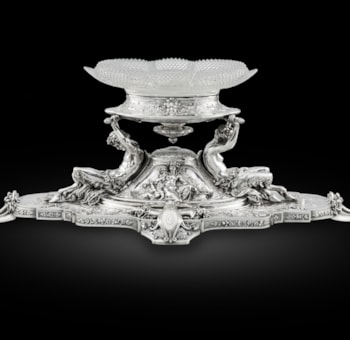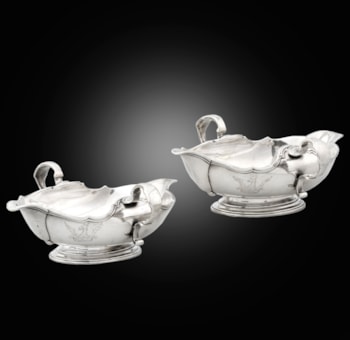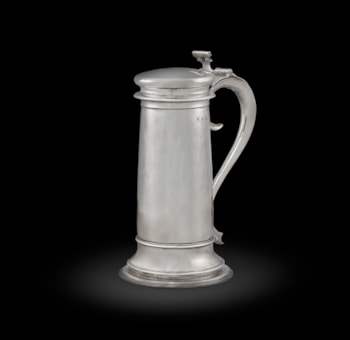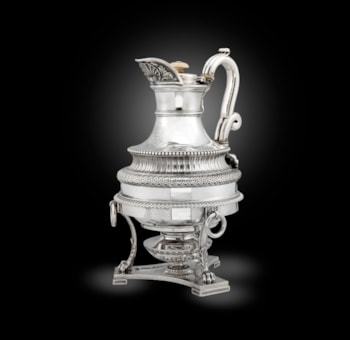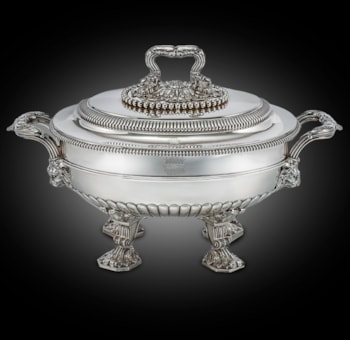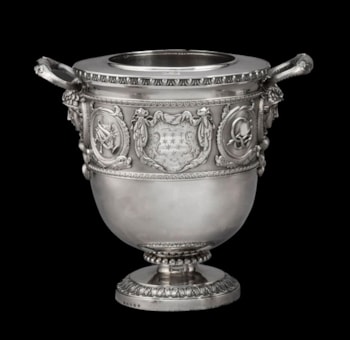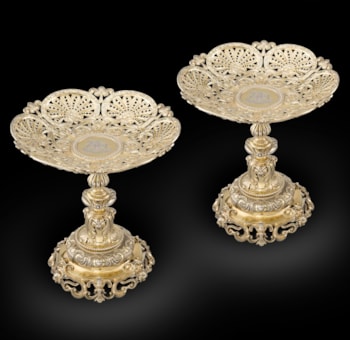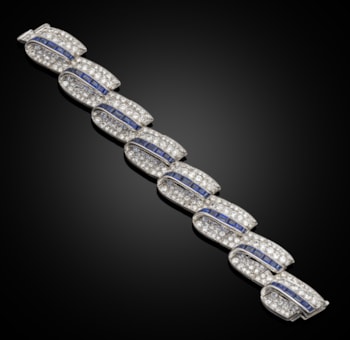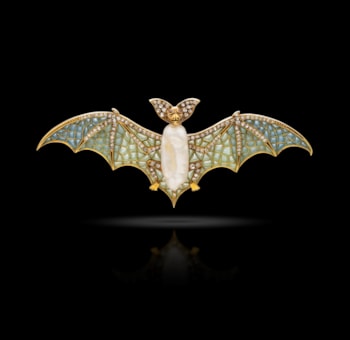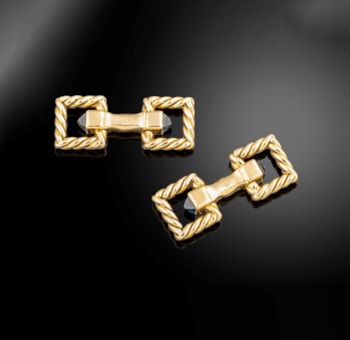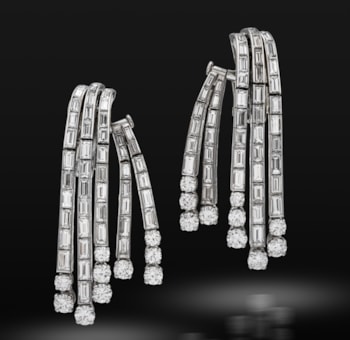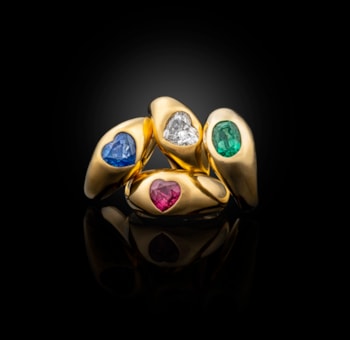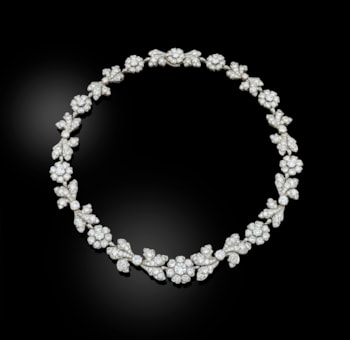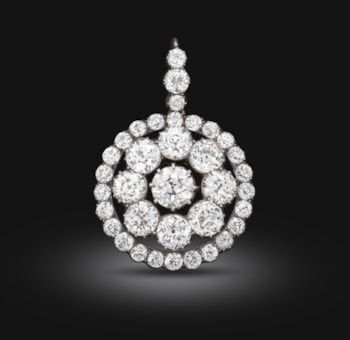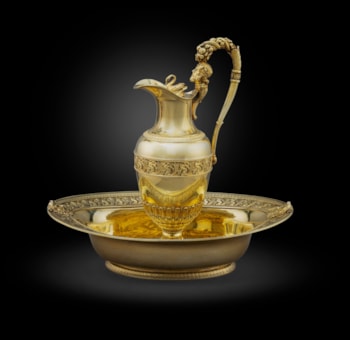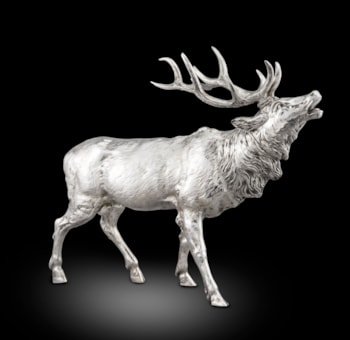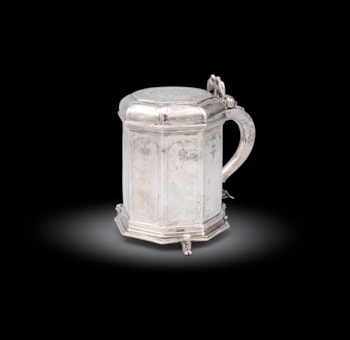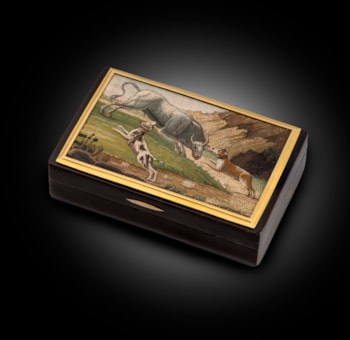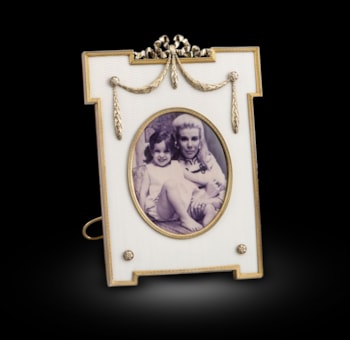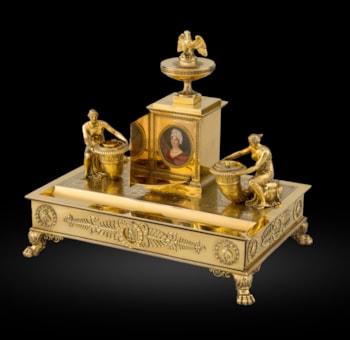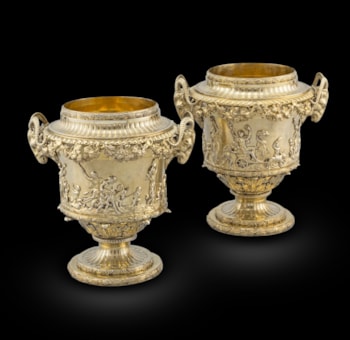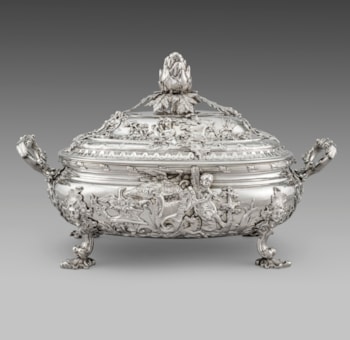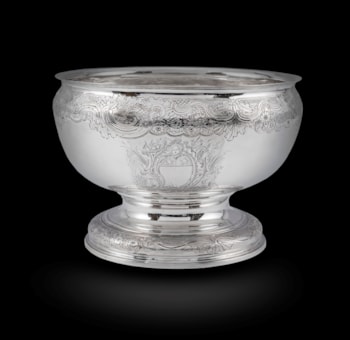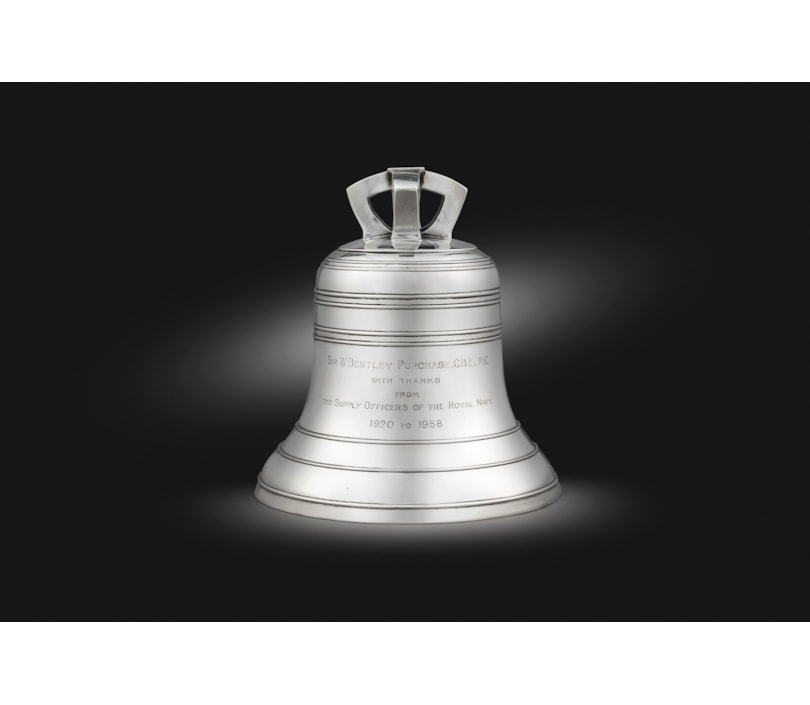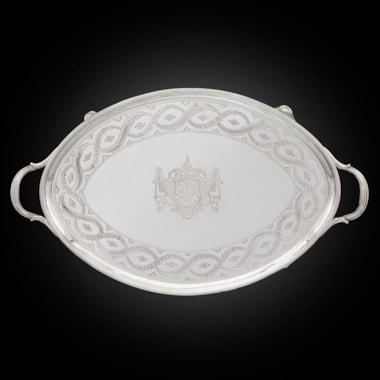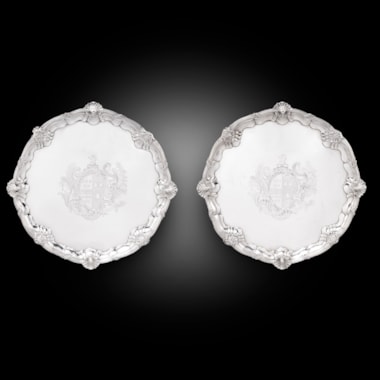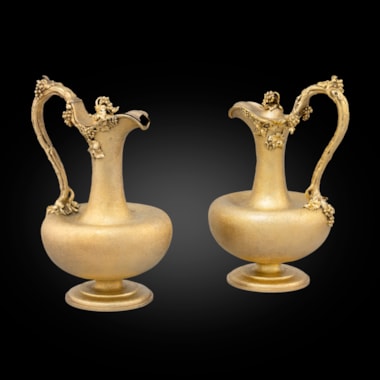Sir William Bentley Purchase CBE MC (31 December 1890 – 27 September 1961) was a British physician and barrister. He pursued a career in medical examination and served, from 1930 to 1958, as the coroner with jurisdiction over much of London.[1] He is best known for his role in the development of Operation Mincemeat, a deception operation during the Second World War.[2]
Biography:
Bentley Purchase's father, Sir William Henry Purchase of Luton, was a successful importer of straw goods such as hats. The family had means to enrol young Bentley in Sidney Sussex College, Cambridge, where he pursued the liberal arts. Graduating from Cambridge in 1911, Purchase studied law and entered medical studies at the London Hospital, graduating in 1914. Bentley was commissioned as a medical officer in the Royal Artillery on the Western Front in 1914–18 and was awarded the Military Cross in 1917.[1]
Upon the coming of peacetime Purchase continued his career pathway and resumed his interrupted legal and medical studies, becoming a barrister in the Inner Temple in 1919 and a bachelor’s in medicine in 1921. He was now qualified to serve as a coroner with jurisdiction over cases that required the presence of a medical examiner. He worked two part-time jobs in the 1920s, as a lawyer and as a deputy coroner within East London. During this period, he married Beryl Chapman, with whom he had two children.[1]
In 1930, upon the retirement of the coroner Sir Walter Schröder, Bentley Purchase won appointment as a full-fledged coroner. His jurisdiction shifted over different neighbourhoods within London but always included the broad area of dense population from the City of Westminster on the southwest to Islington toward the northeast. Purchase served as an official coroner within London from 1930 until 1958, winding down in that year by moving his office from London to Ipswich.[1] In August 1955, he was appointed Coroner of the Queen's Household, a part-time position in the Royal Household, in succession to W. H. L. McCarthy.[3]
Purchase served in office as the Ipswich coroner until his death in 1961, which occurred by mishap. Attempting to repair his television antenna, the lawyer-physician tumbled from the roof of his private home. He was aged 70 [1]
Significant cases:
As coroner, Purchase held approximately 20,000 inquests into deaths that, in his medico-legal judgement, deserved formal inquiry. In cases where the cause of death was unknown or where inquiries were required to assist the police, Purchase worked closely with specialists in forensic pathology such as Bernard Spilsbury and Keith Simpson.[4] Murder cases inquired into by Purchase included homicides committed by John Christie and John Haigh.[1]
Also, as coroner, Purchase provided a corpse in 1943 for use in Operation Mincemeat. The World War II special operation centred on the release in Spanish territorial waters of a body dressed in the uniform of a British marine officer-courier. The body was supposed to be carrying top-secret planning documents in preparation for Anglo-American operations in the Mediterranean Sea. As a counter-intelligence initiative, the operation pointed German military intelligence, the Abwehr, toward locations far away from the Allies' true target of Sicily. The German armed forces did not take steps to establish tactical air command over Sicily at the time of the Allies' amphibious assault, and Operation Mincemeat is said to have saved thousands of lives.[2]
Legacy and honours:
During his active life in London, Bentley Purchase was made a Commander of the Order of the British Empire in 1949. Upon the winding-down of his responsibilities in 1958, he accepted a knighthood. After his death in 1961, a friendly biography (Robert Jackson, Coroner: the Biography of Sir Bentley Purchase, London: George G. Harrap and Co.), was published in 1963.[1] Purchase was played by Paul Ritter in the 2022 film Operation Mincemeat.
References:
1) Jackson, Robert (1963). Coroner: The Biography of Sir Bentley Purchase. London: George G. Harrap and Co.
2) Macintyre, Ben. "More information about Operation Mincemeat". 2018. British Broadcasting Corporation. Archived from the original on 4 October 2018. Retrieved 29 September 2018.
3) "No. 40564". The London Gazette. 19 August 1955. p. 4745.
4) Browne, Douglas G., and Tullett, E.V. (1951). Bernard Spilsbury: His Life and Cases. London: George G. Harrap and Co.
Obituary from the medical Journal Oct. 7th, 1961:
Sir W. BENTLEY PURCHASE, C.B.E, M.C., M.B., D.P.H.
Sir Bentley Purchase, H.M. Coroner for the Borough of Ipswich and lecturer in forensic medicine at University College Hospital and St. Thomas's Hospital Medical Schools, died as a result of an accidental fall from the roof of his house on September 27 at the age of 70.
A prominent and admired member of the medical and legal professions who was formerly Coroner for the Northern District of London and also to the Queen's Household. William Bentley Purchase was born on December 31, 1890, only son of the late Sir William Henry Purchase, and was educated at Brad-Beld and Sidney Sussex College, Cambridge After taking bis B.A. in 1911 he went to the London Hospital Medical College, where he qualified in 1914.
During the 1914-18 war be served first as a "gunner" and then medical officer and was awarded the M.C. in 1917 and the Order of the White Eagle of Serbia in 1921. On his return to London, he studied at University College Hospital and graduated M.B. at Cambridge in 1921, having taken the D.P.H. there in the previous year. He also read Law and was called to the Bar in 1919 as a Member of the Inner Temple, where be practised until 1930 being Treasury Counsel at the County of London Sessions (1924 to 1930) and appearing in, among other cases, the Croydon arsenic case. The period during which his work brought him into most prominence was when he was sitting as Coroner at St. Pancras (1930 to 1959), where he was closely associated with the late Sir Bernard Spilsbury. He was appointed C.B.E. in 1949 and knighted in 1958.
Purchase was a man of enormous energy and catholic in his interests, the only consideration in his mind being to produce something worthwhile, as can be seen from the varied duties that be undertook-including being secretary of the Coroners Society, consultant to the War Office on chemical warfare, a member of the Royal Commission on Abortion, a member of the board of governors of University College Hospital, chairman of St. Helen's Hospital Management Committee, a member of the Board of Advanced Studies in Medicine of the University of London, lecturer in civil law for the Supply and Accountant Officer courses of the Royal Navy, and lecturer in forensic medicine at the Royal Free Hospital Medical School (to the Student Union of which he used to give his lecture free). He wrote much, mostly in connexion with coroners and legal medicine, being the author of Practical Forensic Medicine (jointly), Aids to Forensic Medicine (19th edition), and contributing to Halsbury's States of England.
He edited Lushington's and Affiliation and Bastardy, and, with H. Wollaston, Jervis on Coroners (9th edition). Although giving some indication of his work, this does not really do full justice to Purchase, for he could be truly included in that rare category of great men who’s known activities represent only a small part of what they contributed to medicine, the law, and their country. He was far too modest and discreet to tell it himself. Glimpses were revealed when he talked about the part, he played in the famous wartime incident of - the man who never was," but even those activities were small in companion with the personal acts of kindness which he performed. For essentially, he was a kind man - no witness in his court was treated with other than the utmost courtesy and nobody who had a genuine personal problem ever left him without help. This was coupled with an immense loyalty to those who worked for him, a characteristic which nevertheless was never overdone should anybody do ‘an act’ of which he ethically disapproved.
His outspokenness required a courage few can muster; he had no hesitation in saying what he thought. At the same time, he never let his prejudices interfere with appreciation of something well done. This was well shown by his disapproval of any attack on Spilsbury in the later part of his career, and although still appreciating the technical ability of the critics he was quite unforgiving concerning the merit of the attack. This was probably the clue to his character, a strong sense of loyalty and generosity with an inflexible ethical standard. lt was a unique experience to bear him in court cross-examining, so-called experts in their own subject from his almost inexhaustible store of knowledge. It was perhaps for this reason that those who knew him experienced no surprise at the manner of his death typical of a man who insisted on doing things himself because he knew he could do them better than most and hence stimulate those around him to excel themselves.
Legal medicine certainly owes him a great debt and medicine itself much for bis influence on the coroner system of the country and for his other activities, both official and unofficial.
He leaves a wife, son, and daughter, to whom we offer our sincere sympathy — F. E. C.
Operation Mincemeat:
Behind the well-known battles and campaigns of the Second World War lies a secret history. Covert operations and deception plans aimed to confuse the enemy at every opportunity.
Operation Mincemeat was a deception conceived by British Intelligence to fool the Germans regarding the true target for the Allied invasion of Sicily. A dead body would be ‘planted’ off the coast of Spain carrying secret documents which purported to reveal that the targets for the forthcoming invasion would be Greece and Sardinia, with Sicily only intended as a feint. To ensure that the Germans swallowed the deception, it was necessary to create a detailed false identity for the body, which was that of a homeless labourer who had died after swallowing rat poison.
The secret operation involved dressing this corpse as a Major in the Royal Marines and giving it the false identity of ‘William Martin’. Appropriate identification documents and other papers would give the body a personality and background. These included a photograph of Major Martin’s fiancée, a receipt for an engagement ring, a theatre ticket stub and other evidence.
Early on 30 April 1943, the body of ‘Major Martin’ was launched into the sea from the British submarine HMS Seraph and left to drift just over a mile off the southern Spanish coast. Once recovered by the Spanish authorities, the ‘secret’ documents carried on the body were covertly opened, photographed and passed via Nazi sympathizers to German intelligence officers in Spain.
The Germans acted swiftly on the false information by doubling the number of troops sent to Sardinia, while many additional German divisions were also transferred to Greece and the Balkans. The Allied invasion of Sicily was launched on 9 July 1943 and, as intended, proved a huge surprise to the German defenders. In just over a month the island was fully captured by the Allies, and the lack of enemy reinforcements had proven to be a deciding factor in the success. ‘Mincemeat’ had been well and truly swallowed.
Interesting to note:
Ian Fleming, the future author of the James Bond novels, was a key figure in Operation Mincemeat, a World War II deception operation. He was the assistant to Rear Admiral John Godfrey, the head of Naval Intelligence, and played a significant role in developing the plan to mislead the Nazis about Allied invasion plans. Fleming's involvement included creating the initial "Trout Memo," a list of potential deception schemes, and is credited with suggesting the idea of using a corpse to plant false documents.
Fleming's experiences in Naval Intelligence during the war, including his involvement in Operation Mincemeat, are widely believed to have influenced his later writing of the James Bond novels. Admiral Godfrey, his superior, is thought to have inspired the character of "M," the head of MI6 in the Bond stories.
The firm was established in 1880 by William Gibson (d. 1913) and John Lawrence Langman (1846-1928). The firm was active at 112 Regent Street, London acquiring the premises previously used by John Joseph Mechi. In 1893 the firm absorbed The Goldsmiths' Alliance Ltd (late A.B. Savory & Sons) and in 1898 became the Goldsmiths & Silversmiths Co Ltd being active as jewellers, dealers in diamonds and precious stones, silversmiths, electroplaters and watch and clock makers. In 1952 Goldsmiths & Silversmiths Co Ltd was amalgamated with Garrard & Co Ltd. The firm participated in a number of national and international exhibitions, such as the Indian and Colonial Exhibition (London, 1886), Paris (1889), Chicago (1893), California (1894), Paris (1900) and Franco-British Exhibition (London, 1908).
The Goldsmiths & Silversmiths Co was active with manufactories at Newcastle Place, Clerkenwell; Regent Works, Sheffield and Rue St George, Paris and as retailer of items supplied by various British gold and silver manufacturers (Martin Hall & Co Ltd, W&G Sissons, Wakely & Wheeler, William Comyns, Harrison Brothers & Howson, etc.) CHRONOLOGY The Goldsmiths & Silversmiths Co - 1880 - 1898 The Goldsmiths & Silversmiths Co Ltd - from 1898 amalgamated with Garrard & Co - 1952
You May Also Like




